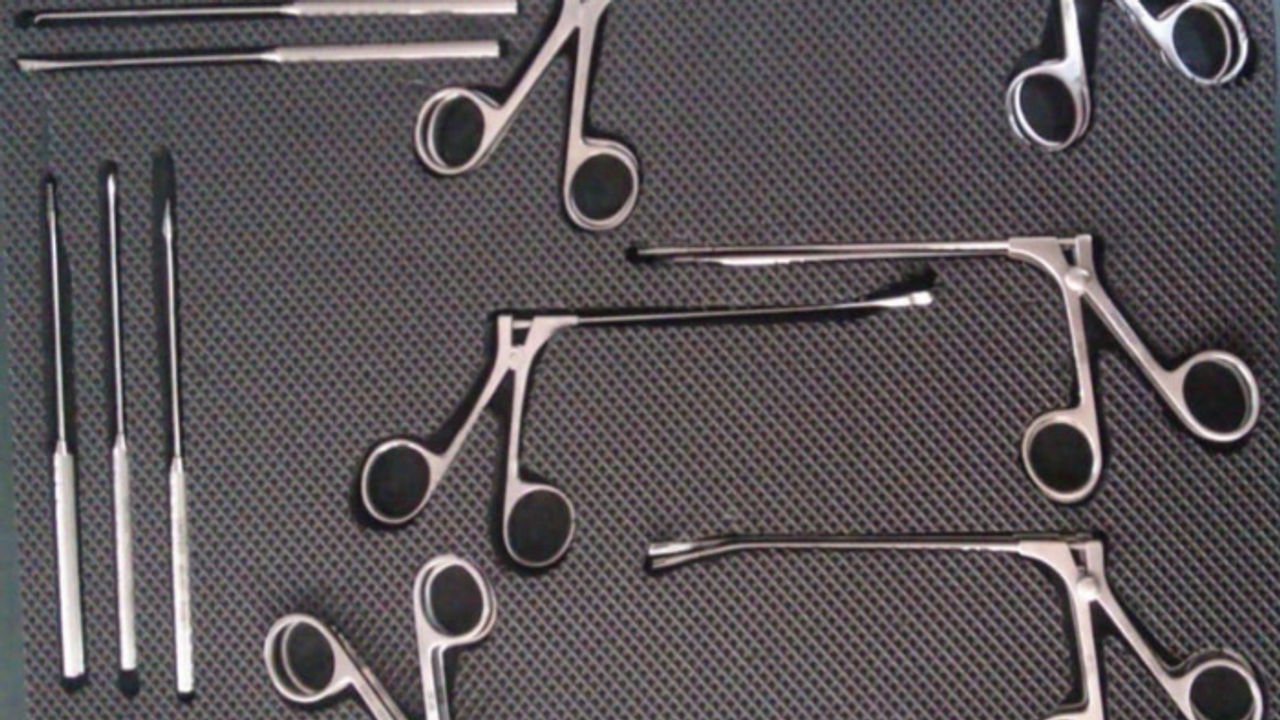Stainless steel's rust resistance comes from the way it's made, preventing oxygen from reaching the iron inside. This protection is due to a chromium oxide layer that forms on the surface, acting as a barrier against rust.
Rust is a common problem for iron, as it quickly corrodes when exposed to air and water. Even steel, which is a hard iron alloy mixed with traces of carbon, is prone to rust. This means that oxidation can harm steel used in structures like buildings, vehicles, and household appliances.

The secret behind why stainless steel resists rusting.
In simple terms, the way stainless steel is made helps keep oxygen from reaching the iron inside it. This protection stops the iron from rusting and getting damaged. Regular steel rusts when iron reacts with oxygen, creating a substance called iron oxide. While rust itself isn't dangerous to people, it can significantly weaken iron, making it unsafe and unattractive.
Regular steel is made up of about 99% iron and around 0.2% to 1% carbon. On the other hand, stainless steel usually has between 62% and 75% iron, up to 1% carbon, and over 10.5% chromium.
Stainless steel often has a small amount of nickel, which helps make it stronger and easier to work with. Tim Collins, a materials scientist and secretary-general of Worldstainless, a nonprofit in Belgium linked to the World Steel Association, explained to LiveScience that chromium is crucial for making stainless steel resistant to rust.
Chromium interacts with oxygen in the air or even underwater to form a "passive layer" of chromium oxide (Cr2O3) on the surface of the metal.This layer stops oxygen from reaching the iron in the steel, which helps prevent rust, Collins explained.
The passive layer on stainless steel is only a few nanometers thick, making it too small to see, he said. The chromium oxide layer can repair itself if it gets damaged. It's inert, meaning it doesn't react with other substances, and it doesn't leak out from the metal's surface. This makes stainless steel great for use in food production, surgery, and other purposes, Collins added.
Unintentional Discovery
Modern stainless steel was created in 1912 by English metallurgist Harry Brearley. He was researching steel alloys to stop corrosion in gun barrels. Brearley made an alloy using iron, carbon, chromium, and nickel. However, it didn't work well for a gun barrel, so he tossed it into his backyard, Collins said.
A few weeks later, Brearley saw that the shiny alloy in his yard hadn't rusted, so he refined the material and presented it to the world in 1915. Collins mentioned that rustproof stainless steel now accounts for around 4% of the steel used globally each year, which is nearly 2 billion tons.
However, stainless steel is complicated and costly to produce—usually three to five times more expensive than regular steel. Adding special metals, like molybdenum for underwater use, can drive the cost even higher.
As a result, most uses of steel rely on regular or carbon steel, either in situations where rust isn't a problem or where the steel is protected by paint or another coating. Still, stainless steel is being used in more applications than ever, according to Collins, including in food production and food safety.
Kantha Shelke, a food scientist at Johns Hopkins University, told Live Science that stainless steel has several benefits compared to other materials. It resists corrosion from food acids and cleaning chemicals, unlike aluminum and copper, and it won’t contaminate or alter the food it comes in contact with.
Stainless steel is also durable, stronger than aluminum, and hygienic. Its non-porous surface makes it easy to clean and sanitize, she wrote in an email reports LiveScience
